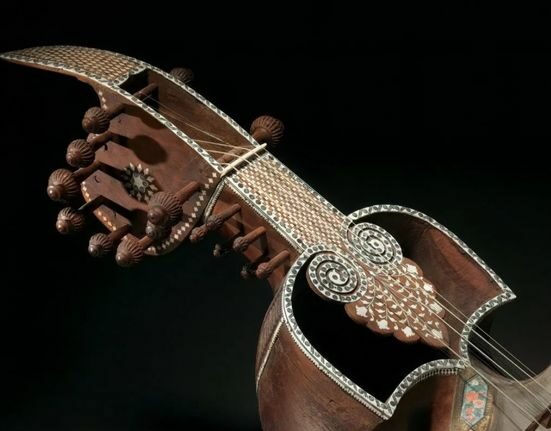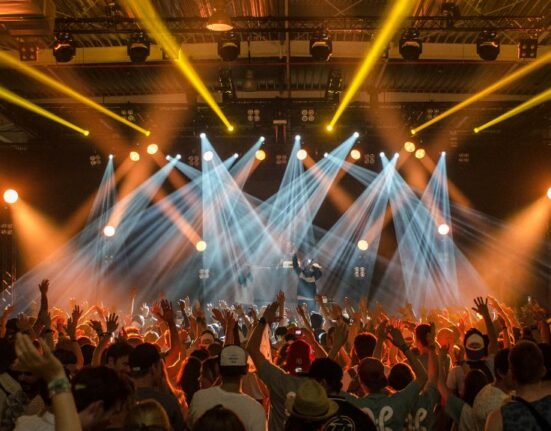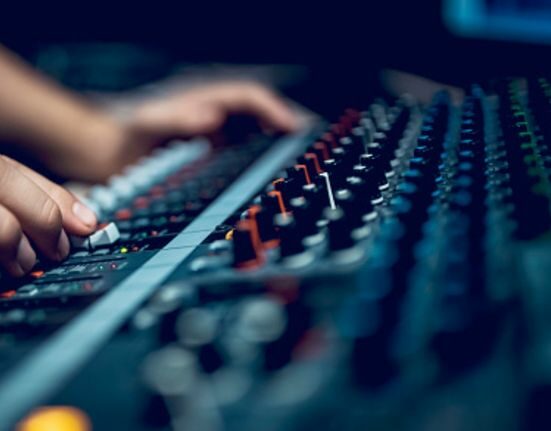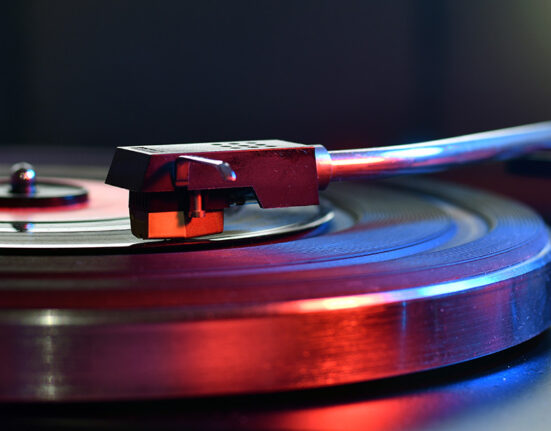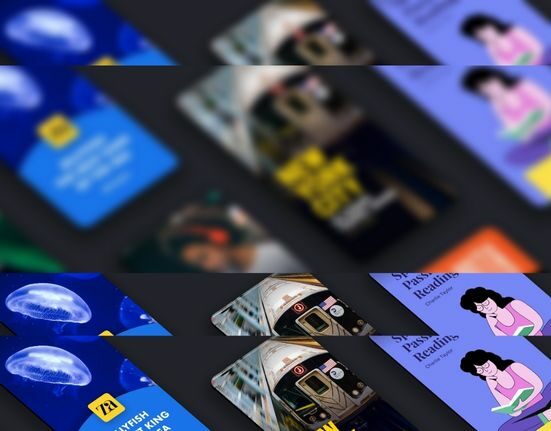Indian classical music is known for its rich cultural and historical significance, and it is divided into two main branches, namely Hindustani and Carnatic. These two music systems have been the backbone of traditional Indian classical music for centuries and are still widely used today. While both the heritages celebrate their musical relation, there are many founding principles, usage, techniques, concept of Sur (the pitch), phraseology, etc that gives it its shine and sweet spot that it’s known for! This article is a brief look into the world of Hindustani Classical and Carnatic Classical form of Indian Music. Read more.
BeatCurry Team
The Hindustani and Carnatic world use a combination of singing and instrumental music to create beautiful and complex melodies. During the medieval period, Indian classical music was categorized as Carnatic music in South India and Hindustani music in North India. The main components of Indian classical music are Swara, Raga, and Taala. Swara refers to the pitch or tone of the music, and there are 22 Swara Sthanas (pinpoint spots where the Swaras stand) out of which 12 are major and the rest are minor. Raga provides the basic framework for melody, and a composition is made up of a combination of Swaras and Sahityam, or words, to create a melody. Taala forms the essential basic element of rhythm, which is groups of beats. Vocal music encompasses and explores a greater possibility of words with the help of consonants, vowels, standing notes and the overall language vocabulary.
Hindustani music, a division of classical music that was most influenced by the sultanate culture during Mughal rule in North India, is a medley of influences from Persian music and other genres. It is further divided into types such as Dhrupad, Thumri, Khayal, Tarana, Dadra, and Ghazals.
Carnatic music, on the other hand, is supposed to be a more ancient music system that was deeply impacted by the ongoing Bhakti movement, and it is inspired by the Holy Trinity. It is pure unadulterated classical music that does not follow any other musical school. The creative forms of Carnatic music are Alapana, Kalpanaswaram, Neraval, Pallavi, and Thaana, to name a few. Creativity in South Indian Music is called Manodharma (Imagination).
These two spaces of music incorporate a wide range of similarities:
-Both are based on the basic foundations of Swara, Raga, and Taala that bring out the Laya or rhythm and melody of the piece. Both have a developed system of notations in Sanskrit script. These two schools of music are firmly grounded in Brahmananda, or the spiritual peace, religion, and culture. The lifeline for these two systems of music is the concept of Raga that stresses on melody during rendition. Both systems have a Vadi or leading Swar in every raga and use all seven notes to make Janya Raga.
-Both use drone string instruments such as Tanpura or Tamburu for pitch retention while performing and make use of Melakarta (parent raagas) scales for the delineation of ragas. The word for Melakarta in Hindustani is Thaat. There are 10 such parent raagas in Hindustani while 72 such raagas in its counterpart.
There are also differences between Hindustani and Carnatic music.
-Hindustani music is divided into a certain number of gharanas, whereas there is no such classification in Carnatic music. Hindustani music briefly gives importance to the composition, which is already set and learned by practice. Instead, it believes in an elaborate display of creative expressions of music. Carnatic music gives equal preference to the Sahitya compositions and the creative Manodharma music.
-Both styles incorporate various parts in their composition. They open with an Alaap-a non metered slow and brief introduction to the raag which in most cases doesn’t reveal the golden spots of the raag so as to retain the curiosity element and to hold it for the later part in the concert. Infact, an Alaap is an indicator that a particular raag has been initiated. The Hindustani artist proceed to the Vilambit or Ati Vilambit (termed as slow or very slow), gradually unfolding the raaga in the Madhya Lay (medium speed) mukhada (verse) and gradually proceeding to the Drut (fast) composition. In Hindustani, it’s always a Jodi (pair) of Vilambit and Drut bandishes (composition). After an Alaap, on the other hand, the Carnatic artist proceeds to sing the Pallavi (Verse or Refrain), Anupallavi (Paragraph) and Charan (Conclusion) of the Kriti (composition).
-Structurally, the use of words in a Carnatic presentation is very different from Hindustani. An hour or two long Hindustani concert vs. a Carnatic concert would have a world of difference in the length of their compositions-a few couplet long Bandish in Hindustani vs. a Kritis consisting of a few pages!
-The aspect of improvisation is an insightful difference to know. During improvisations, the hook line of the composition is sung, and the empty space created is filled with an imaginative and spontaneous rush of Swaras, Taans, Boltaans etc to eventually come back to the hook line again. Now here’s the catch – Hindustani artists improvise and come back to the hook line, in a way closing the rhythmic cycle with their Aamad (the landing, the retreat, the return), while the improvisations in Carnatic music are such that they build up to reach the opening of the composition, in a way saying that their improvisations are sort of ‘taking off’ or ‘departing’ or ‘aiming to reach somewhere’ in nature. The sense in which an improvisation in Hindustani happens, is such that it lands on the hook line, while in its counterpart, it reaches or ‘takes off’ to reach the hookline.
-South Indian music has traditional Indian roots, while Hindustani has deeper influences from Afghan Persian and Arab music. Carnatic music does not have substyles in singing, whereas Hindustani music has many substyles. Carnatic music is based on a Melakarta raga setup of 72 ragas, but there are 10 major ragas that form the basis of Hindustani music. Carnatic music offers scope to improvise whereas Hindustani music allows variations and improvisations. Ragas are demarcated as Thaat in Hindustani and as Melakarta in Carnatic music. Both are synonyms for a common term called ‘parent raagas’ although the usage and nomenclature is different.
-Names of Instruments that constitute a carnatic music style would be Mridangam, Ghatam, Morsing, Violin, Kanjira, Flutes set in the carnatic system, Veena, Tamburu etc. whereas a Hindustani style would have Harmonium, Tabla, Swarmandal, Tanpura, Pakhawaj, Sarangi, Santoor, Sitar, Violin, Veena, Flutes and among others.
Related reviews and articles from BeatCurry.com you’d like to see:
Subscribe to BeatCurry’s YouTube Channel here
Check out our Web Stories: Interesting scoops, trivia, stories, industry news delivered at your fingertips.
Watch: Exclusive interview with World’s Fastest Guitarist Davide Lo Surdo
Watch: Exclusive interview with GRAMMY awardee, Pt. Vishwa Mohan Bhatt
Exclusive Music Review: Mali Delivers An Ode To Each Broken, Hurt Heart Through ‘Ashes’
Exclusive Music Reviews: Mame Khan’s ‘Desert Rose’ Recites The Heartfelt Journey Of Life
Explore: #BeatCurryShorts NOW!
Explore: Check out the BeatCurry Podcast HERE!
If you’d like to know about the unique and versatile forms and flavors of music, follow us on Instagram, YouTube and Facebook, subscribe to BeatCurry.com and never miss another update from us.

